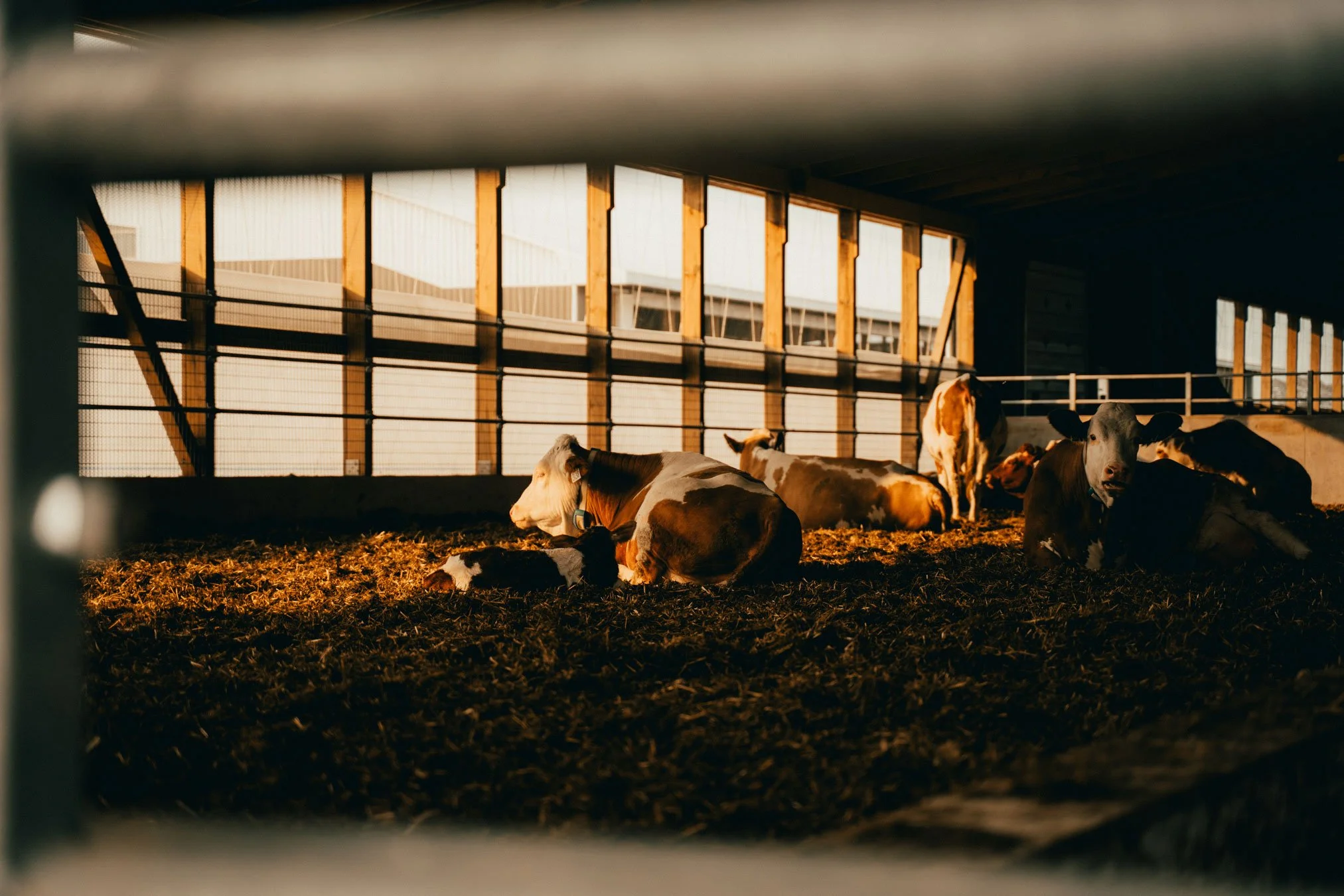Lie Down, Milk Up: The Rest-to-Yield Connection
No spin. Here’s the plain truth: if your cows aren’t resting enough — you’re leaving milk on the table. This one’s about lying time, rumination, comfort and how it ties into production and herd health.
How much rest should a cow get?
Recent reviews show lactating dairy cows typically lie down 8–13 hours a day, with the most commonly reported averages between 10 and 12 h/day. Some sources say 12–14 hours is optimal for health and productivity.
Why lying time matters
While lying, cows ruminate, blood flow to the udder improves, and the digestive system works efficiently. One guidance piece reports that each additional hour of lying time could yield an extra 2–3.5 lb (≈0.9–1.6 kg) of milk per cow per day.
Extended standing is a known risk factor for lameness, claw soreness and discomfort — all of which reduce feeding, resting and production time.
One study highlighted that increasing resting time by ~5 hours/day could help cows remain in the herd for two additional lactations.
What this means for production
Better rest means better rumination which, in turn, means better feed intake and digestion this is shown to lead to improved milk yield and quality.
For example, a study noted that each extra hour of resting was associated with ~1.7 kg of extra milk yield.
Importantly, when cows are prevented from lying (locked up, overcrowded, or on poor stall surfaces) they don’t simply feed more — their whole system gets stressed. One trial found cows deprived of both feeding and lying for more than four hours saw a drop of around two litres per day for three days.
What to monitor?
Are stalls comfortable (size, base, bedding) so cows want to lie down rather than stand in the alley?
Is stocking density too high, creating competition for lying space and reducing lying time? Overcrowding above ~120% of stalls can reduce lying time significantly.
How much time are cows spending in holding pens or lock-ups (e.g., for milking, hoof trimming)? Prolonged standing here eats into opportunity to lie.
What’s the quality of the stall base (is it hard concrete, soft rubber, well-bedded sand)? The better the base, the sooner cows lie and stay lying.
Our focus
At Legend Rubber we believe lying time is non-negotiable for herd performance:
Its flooring solutions support quicker recumbency and reduce standing time, helping cows reach optimal lying hours.
Pairing that with well designed free-stalls or beds ensures cows aren’t held back by surface or layout issues.
The hygiene and durability of rubber surfaces help maintain stall availability and comfort over time — no slipping back into “hard concrete compromises lying” territory.
The bottom line: Prioritising cow rest is as critical as feed quality, milking routine or genetics. If the herd isn’t lying enough, you’re trading off milk yield, health and longevity. Flooring and stall design are foundational — get them right, and the rest follows.


